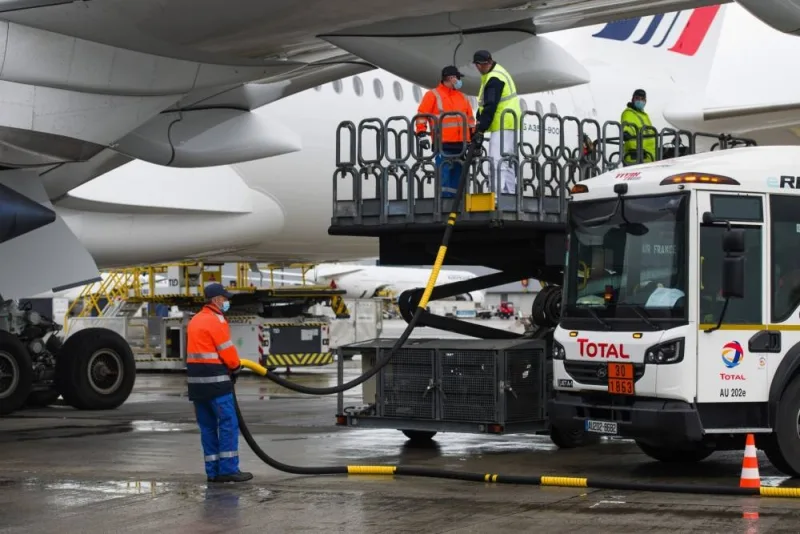
But industry captains are also aware that not enough SAF is available as of now. A recent IATA update showed SAF constituted 0.1% of fuel uptake at the moment.
Panelists at the CEO Roundtable at the inaugural World Sustainability Symposium in Spain recently, had a detailed look at sustainable aviation fuels.
There was agreement that, in the short to medium term, getting enough SAF will be challenge because of the shortfall in production and the time it takes to ramp up that production.
It was also noted that demand for feedstocks is very competitive. Even in the longer term there is no realistic power alternative for long-haul flights before 2050.
Increasing production will rely heavily on public policy and, in this context, the merits of mandates and incentives were examined in detail.
Willie Walsh, IATA’s Director General, noted that mandates without supply is simply a tax. “You can’t buy something that doesn’t exist,” he said.
Anne Rigail, CEO, Air France, believes that mandates could play a role as long as they don’t introduce competitive distortion. But she stressed that there must also be incentives and currently, that isn’t there.
Rigail revealed that Air France buys SAF from the United States because it is less than half the price of SAF in Europe.
In Latin America, geography makes aviation essential to connectivity. Roberto Alvo, LATAM CEO, has set his airline a target of using 5% SAF produced in the region by 2030.
But he admitted that he “does not know where it will come.” Alvo hopes the target will start the conversation, however, and provide a positive signal to the market.
Essentially, there are no SAF policies in the region and LATAM is one of the funders of a study examining what the right policies will look like.
Alvo noted that the region could become a big SAF producer, but he also warned that the correct balance has to be found and anything that made air fares in the region more expensive would restrict demand and harm economies.
Hong Kong’s Cathay Pacific, meanwhile, is determined to use 10% SAF by 2030 and has signed a number of offtake agreements.
Asia-Pacific has some SAF production but a major catalyst for the region will be China’s SAF policy, which is expected in the near future.
Patrick Healy, Chair, Cathay Pacific, says that policy will likely incorporate lessons learned to date from other region and have elements of carrot and stick. China is committed to decarbonisation and aims to be net zero by 2060.
Airlines have used every drop of SAF produced to date, but governments must speed up this transition to SAF with policies that enable investors to come in and generate a return. The panel concurred that this creates a significant opportunity in job creation and GDP.
“We need to take something that is technically possible and make it commercially realistic,” said Walsh.
The debate also took in the problems regarding carbon offsets, which have received a bad press for simply “passing the buck” on decarbonisation.
Rigail, for example, said that Air France no longer offer offsets to passengers but instead allow them to “buy” SAF.
Even so, carbon offsets are a necessary part of the net-zero target. The Carbon Offset Reduction Scheme for International Aviation (CORSIA) is a good first step and aviation needs to build on the credibility that it brings.
International Air Transport Association recently unveiled a series of roadmaps aimed at providing step-by-step detailing of critical actions and dependencies for aviation to achieve net-zero carbon emissions by 2050.
These roadmaps address aircraft technology, energy infrastructure, operations, finance, and policy considerations leading to net zero.
Walsh noted, ‘SAF production is less than 0.1% of what we need for net zero. But the trend is positive. In 2022, SAF production tripled to 300mn litres. And while critics of our industry dismiss that figure as irrelevant, it’s important to remember that airlines used every single drop costing almost $350mn.
“With the right supportive policies, reaching 30bn litres by 2030 is challenging but achievable. That would be about 6% of the 450bn litres annual production capacity we need in 2050. We think it will be the tipping point because achieving it will establish the trajectory needed to scale up for 2050.”


